What is the Solar Street Light Pwm Charging Mode?
PWM (Pulse Width Modulation) charging is a common charging method used in solar energy controllers. In PWM charging, the solar controller regulates the charging process by rapidly switching the solar panel's output between full voltage and zero voltage. This is achieved by controlling the pulse width of the charging current.
The PWM charging process involves the following steps:
1. Bulk Charge: During the bulk charging phase, the solar controller allows the full charging current from the solar panel to flow into the battery. The controller maintains a fixed voltage level, typically the battery's maximum charging voltage, by modulating the pulse width.
2. Absorption Charge: Once the battery reaches a certain voltage, known as the absorption voltage, the controller switches to the absorption charge phase. In this phase, the controller maintains a constant voltage while reducing the charging current. The pulse width modulation adjusts the charging current to prevent overcharging.
3. Float Charge: When the battery is fully charged, the controller switches to the float charge phase. The controller maintains a lower voltage, known as the float voltage, to keep the battery at a fully charged state without causing any damage from overcharging. The pulse width modulation is used to maintain a trickle charge to compensate for self-discharge.
PWM charging offers several advantages, including:
4. Efficient charging: PWM charging efficiently converts solar panel power into usable charging current, maximizing the charging efficiency.
5. Battery protection: The pulse wdth modulation control prevents overcharging of the battery, extending its lifespan and protecting it from damage.
6. Cost-effectiveness: PWM charging controllers are typically more affordable compared to other charging methods, making them a cost-effective choice for solar energy systems.
7. Compatibility: PWM charging is compatible with most types of lead-acid batteries commonly used in solar applications, including flooded, gel, and AGM batteries.
It's important to note that with the advancement of technology, MPPT (Maximum Power Point Tracking) charging controllers have gained popularity due to their higher charging efficiency. MPPT controllers are capable of dynamically adjusting the solar panel's operating point to extract maximum power, especially in low light conditions. However, PWM charging remains a reliable and widely used charging method in many solar energy systems.

BP-JFX-100

BW-JYX-100
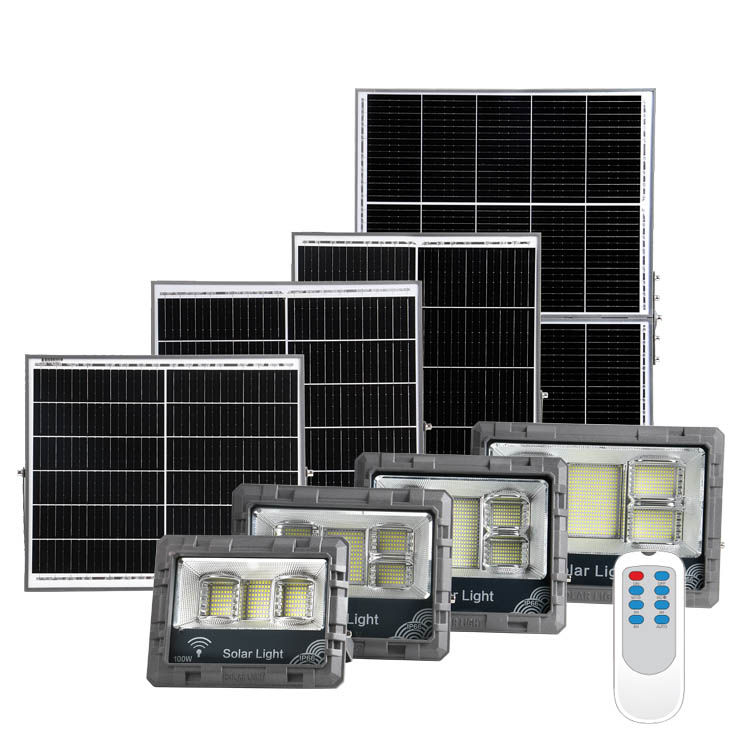
Courtyard floodlights
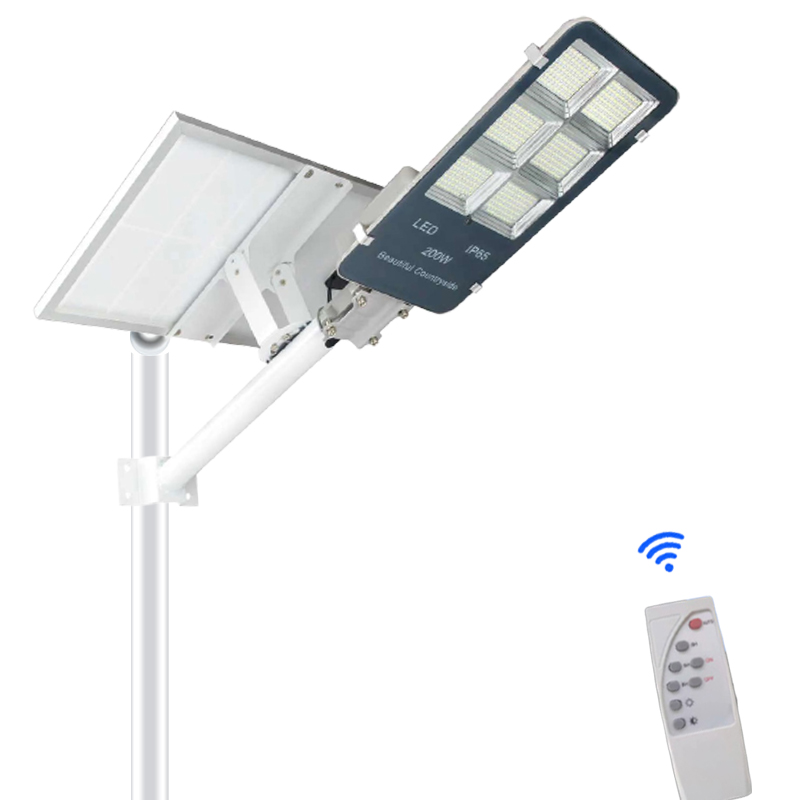
BP-1601F-PLUS 100w solar street light
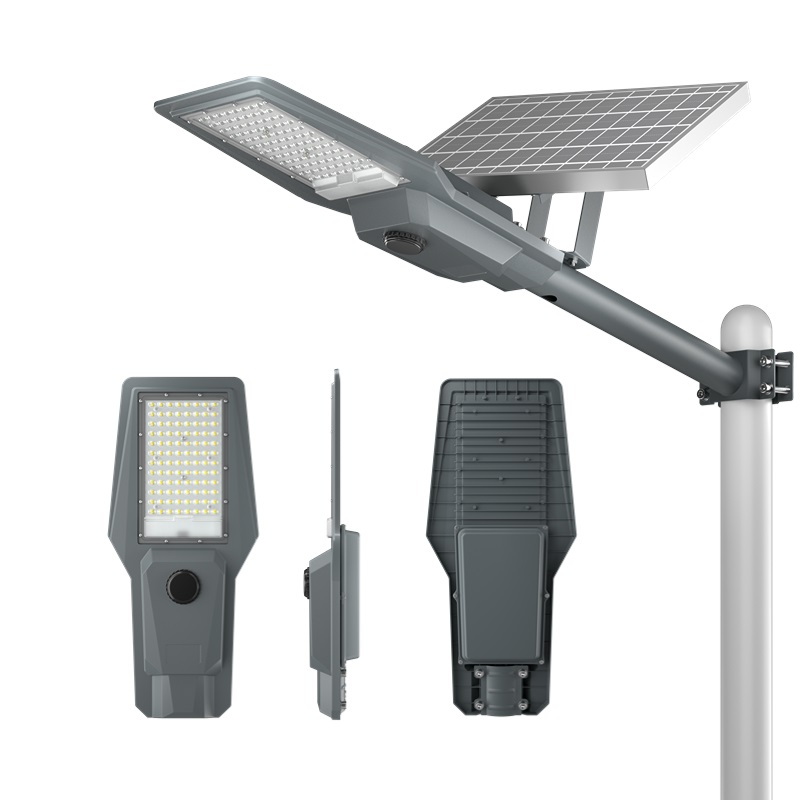
BP-805 100w solar street light
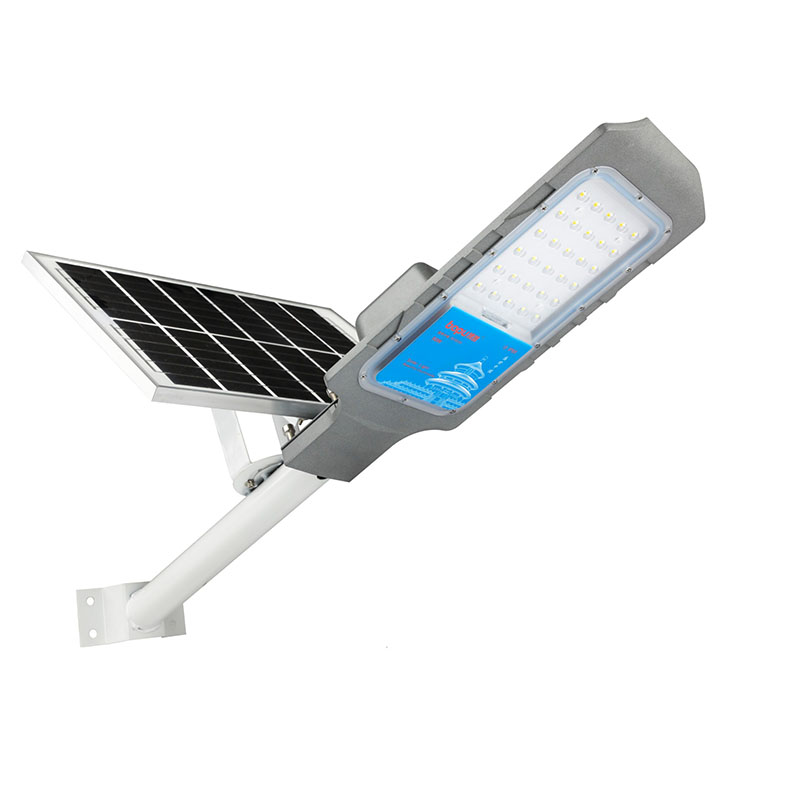
BP-16B0F solar panel street light
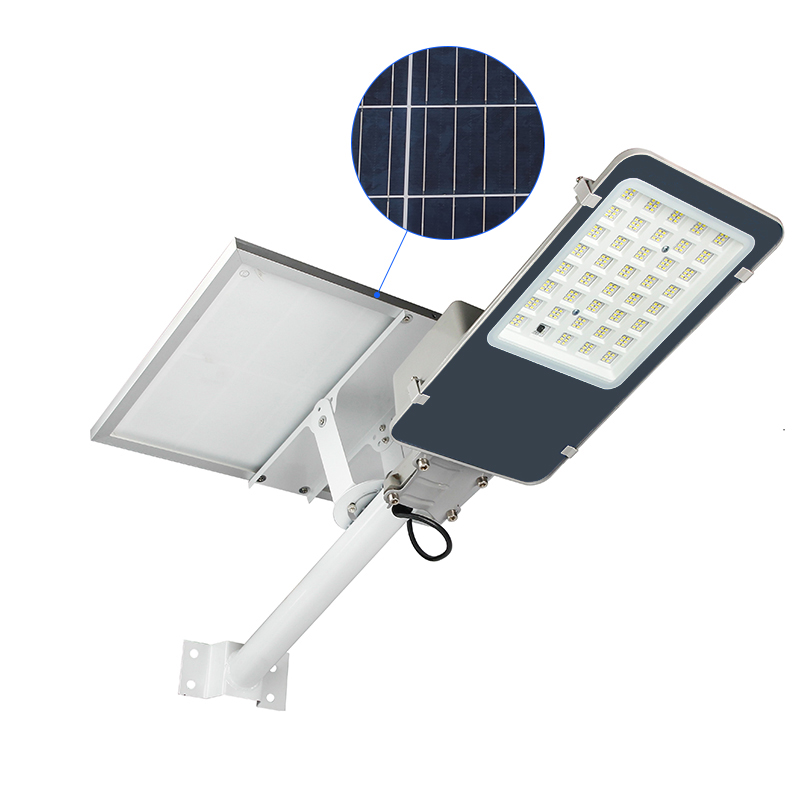
BP-1601F 100w solar street light for 3~5M pole
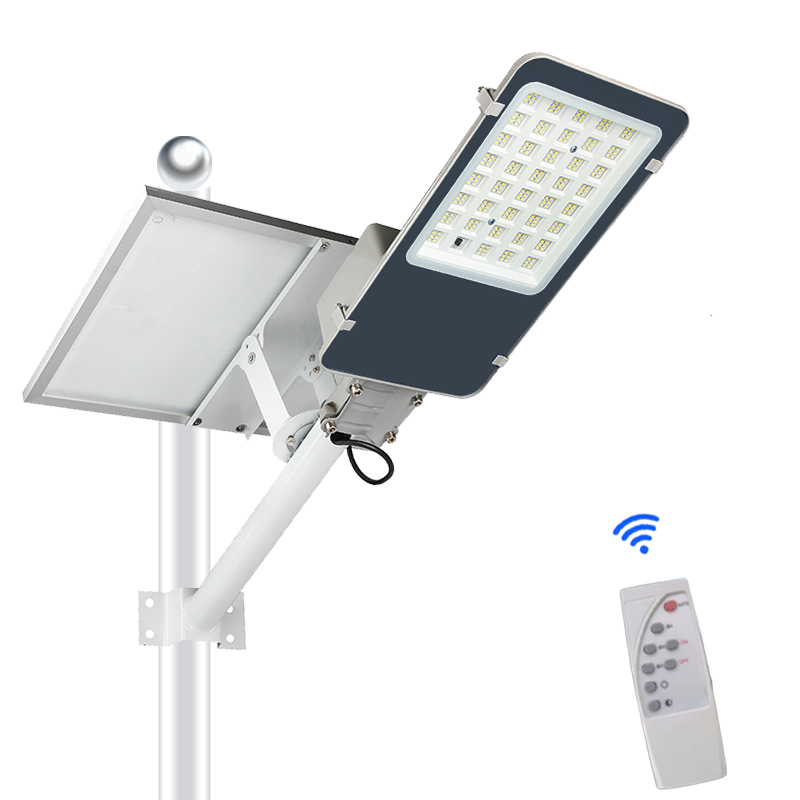
BP-1602F solar street light for 4~7M pole

BP-1611F solar led street light for 4~8M pole project
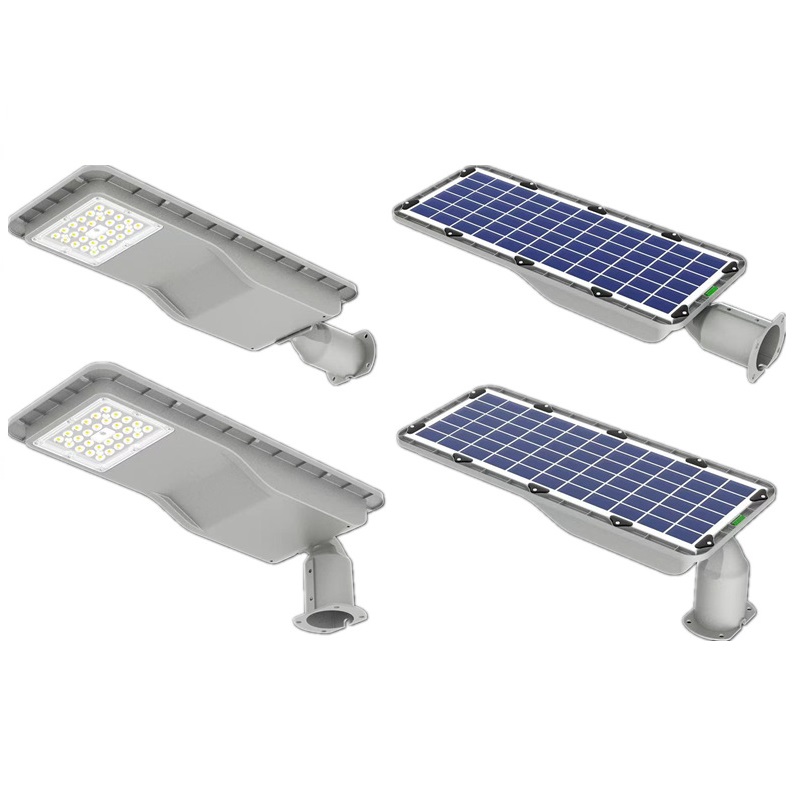
BP-C1700 High lumen led integrated solar street light
UFO road mode darkroom integrating sphere data
Solar garden lightSquare Landscape Lamp Product Manual V1.0
Square Landscape Lamp Product Specification V1.0
We hereby sincerely invite you and your company representatives to visit our booth at The China Import and Export Fair Exhibition Hall in Guangzhou of China from June 9th to 12th, 2024.
The accessories of solar street lights for projects
Hot point New design Solar Street light (Intelligent cleaning of solar panels)
2023 New model integrated solar street light pole hidden design
LED Expo Thailand 2023-Lighting Fair
What is the Solar Street Light Pwm Charging Mode?
What is the main features of solar panel glass?






